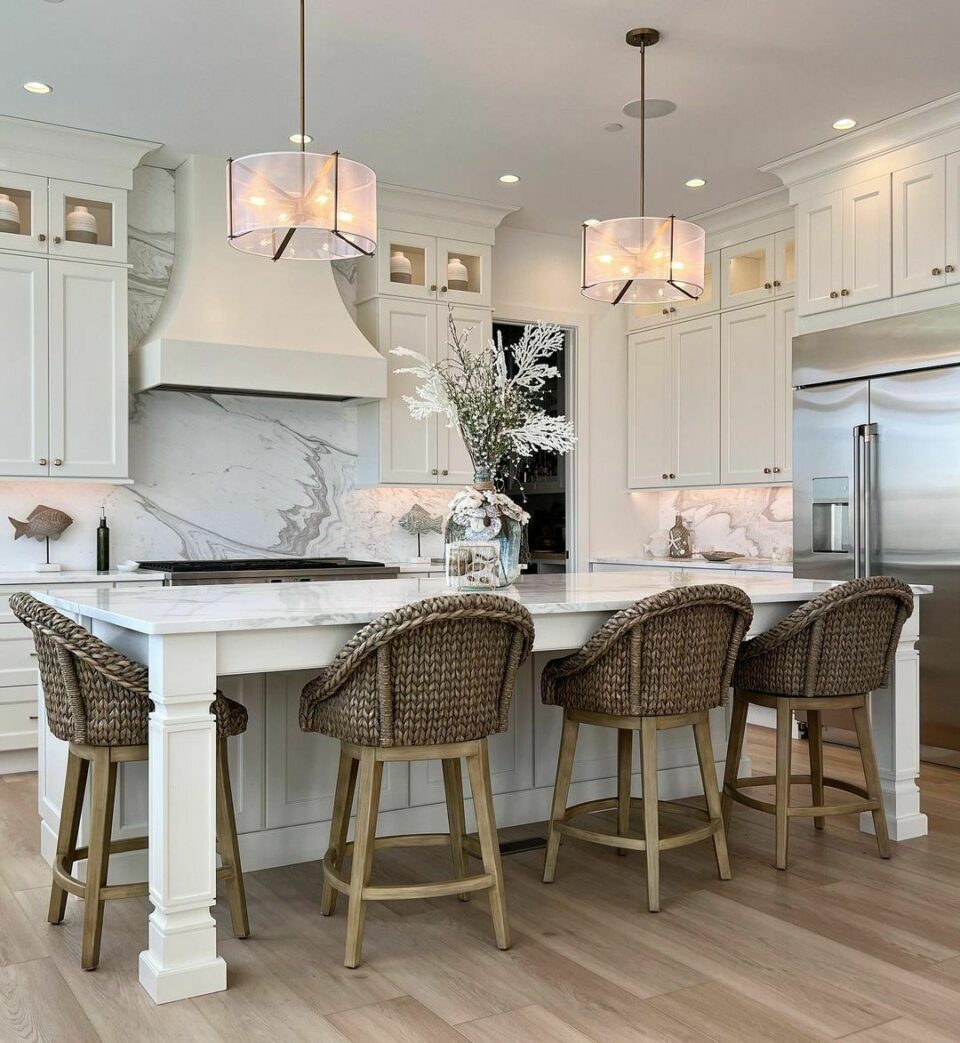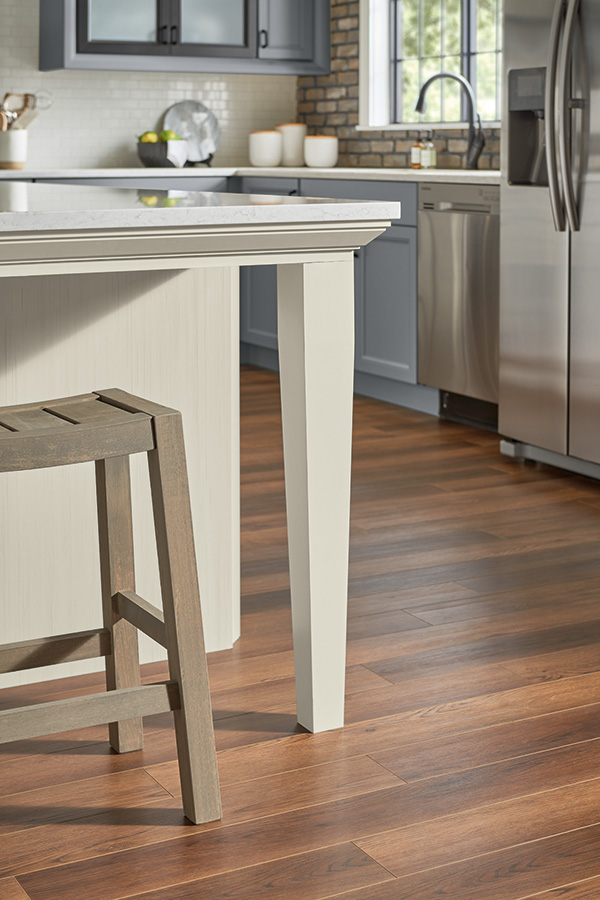Choosing the Perfect Kitchen Island Leg for Toughness and Performance
Choosing the Perfect Kitchen Island Leg for Toughness and Performance
Blog Article
The Relevance of a Sturdy Kitchen Island Leg in Creating a Useful Cooking Area
A durable kitchen island leg acts as an essential part in establishing a practical food preparation environment, offering needed assistance for both the countertop and different kitchen activities. The security it provides can significantly reduce the risk of crashes in high-traffic locations, while additionally adding to the overall visual coherence of the room. As kitchens develop into multifunctional locations for cooking, eating, and socializing, the option of materials and style factors to consider for island legs becomes progressively vital. Comprehending these components can change your cooking area right into a much safer and more efficient area, prompting additional expedition into the very best options readily available.
Benefits of Sturdy Island Legs
Giving crucial support, tough kitchen area island legs play a critical duty in boosting the performance and toughness of cooking area islands - kitchen island leg. These legs not only birth the weight of the countertop and any extra items positioned on the island, however also add to the general stability of the structure. A well-supported cooking area island ensures that it remains upright and useful, also under hefty use, which is specifically crucial in hectic cooking area environments
Additionally, strong island legs can improve the aesthetic appeal of the kitchen. They supply a strong structure that can match different design styles, from modern to conventional. This convenience permits property owners to tailor their kitchen area islands according to individual preference while making sure that the architectural honesty stays uncompromised.
In addition to their supportive function, robust kitchen island legs can additionally improve safety. Inevitably, investing in tough cooking area island legs is necessary for a functional and aesthetically pleasing cooking area.
Materials for Cooking Area Island Legs
When selecting materials for kitchen area island legs, durability and aesthetic appeal are critical factors to consider. The most usual materials consist of hardwood, metal, and crafted timber, each offering one-of-a-kind advantages.
Hardwood, such as oak, cherry, or maple, is a classic choice due to its stamina and timeless elegance (kitchen island leg). It can endure significant weight and is immune to put on, making it excellent for high-use cooking area atmospheres. In addition, hardwood can be stained or repainted to enhance numerous cooking area designs
Metal legs, usually crafted from stainless-steel or wrought iron, offer a modern and industrial look. They are extremely solid and can support considerable lots while being resistant to moisture and warmth, which is useful in a cooking area. Metal legs can also be easily cleaned up, boosting their functionality.

Style Factors To Consider for Security
The option of products for kitchen area island legs straight influences the layout factors to consider for security. When developing a cooking area island, it is extremely important to assess the weight-bearing capacity of the picked products. Larger materials, such as solid wood or steel, generally supply higher security, particularly under the tension of daily usage.
Additionally, the leg design need to include proper geometry to enhance stability. A broader base enhances the assistance area, reducing the risk of tipping or tottering. Factor to consider must also be provided to the height of the legs; out of proportion leg sizes can result in discrepancy, endangering the overall security of the island.
Furthermore, the distribution of weight across the island is vital. Ensuring that the leg positioning lines up with the heaviest parts, such as counter tops and home appliances, will certainly additionally enhance stability.
Upkeep Tips for Longevity

Cleaning is one more vital aspect of upkeep. Depending on the material of the legs-- whether timber, metal, or composite-- appropriate cleaning original site approaches must be used. For wooden legs, a mild clean with a damp cloth and an appropriate wood cleaner will aid protect their surface. Steel legs might need a light polish to avoid rust and maintain their luster.
In addition, tightening screws and bolts regularly can guarantee stability and protect against tottering. Think about reinforcing the legs with additional braces or sustains to boost sturdiness if the cooking area island experiences hefty use. Applying a safety finish or sealer can protect versus moisture and discolorations, extending the life-span of the legs. By following these maintenance tips, property owners can guarantee their cooking area island legs remain durable and useful for years to find.
Picking the Right Leg Style
Routine maintenance ensures that kitchen island legs stay strong and functional, but choosing the appropriate leg design is similarly crucial for both looks and support. The selection of leg style can considerably affect the general style and harmony of your cooking area.

Functionality is an additional essential element. For example, thicker legs or those with a durable base can support much heavier kitchen counters and devices, boosting the island's energy. Alternatively, slender legs may create a ventilated appearance, appropriate for lighter styles but potentially much less helpful.
Conclusion
In recap, the significance of tough cooking area island legs can not be overemphasized in the development of a functional cooking area. These legs offer necessary support, boost stability, and add to the overall More Bonuses visual of the kitchen. By very carefully picking appropriate materials and styles, as well as implementing proper upkeep methods, the longevity and effectiveness of kitchen islands can be ensured. Inevitably, buying robust island legs is basic to achieving a secure and effective culinary atmosphere.
A sturdy kitchen island leg serves as an essential component in developing a useful cooking environment, providing necessary support for both the counter resource top and different kitchen activities.Providing crucial support, tough kitchen island legs play a pivotal duty in improving the performance and toughness of kitchen area islands. Eventually, spending in durable cooking area island legs is essential for a functional and aesthetically pleasing cooking location.
Consideration needs to likewise be provided to the elevation of the legs; out of proportion leg lengths can lead to imbalance, endangering the general security of the island.
Wooden legs provide warmth and a timeless look, while metal legs provide a modern-day and commercial feeling.
Report this page